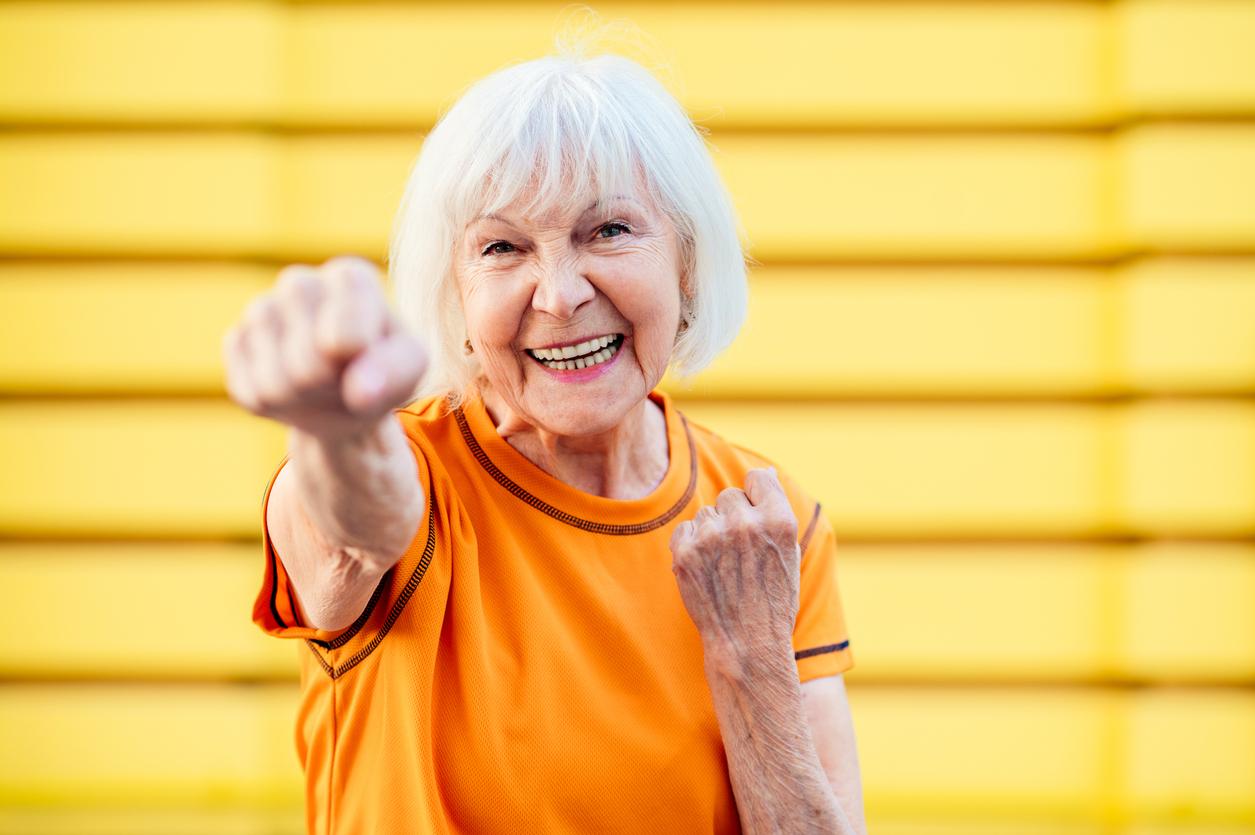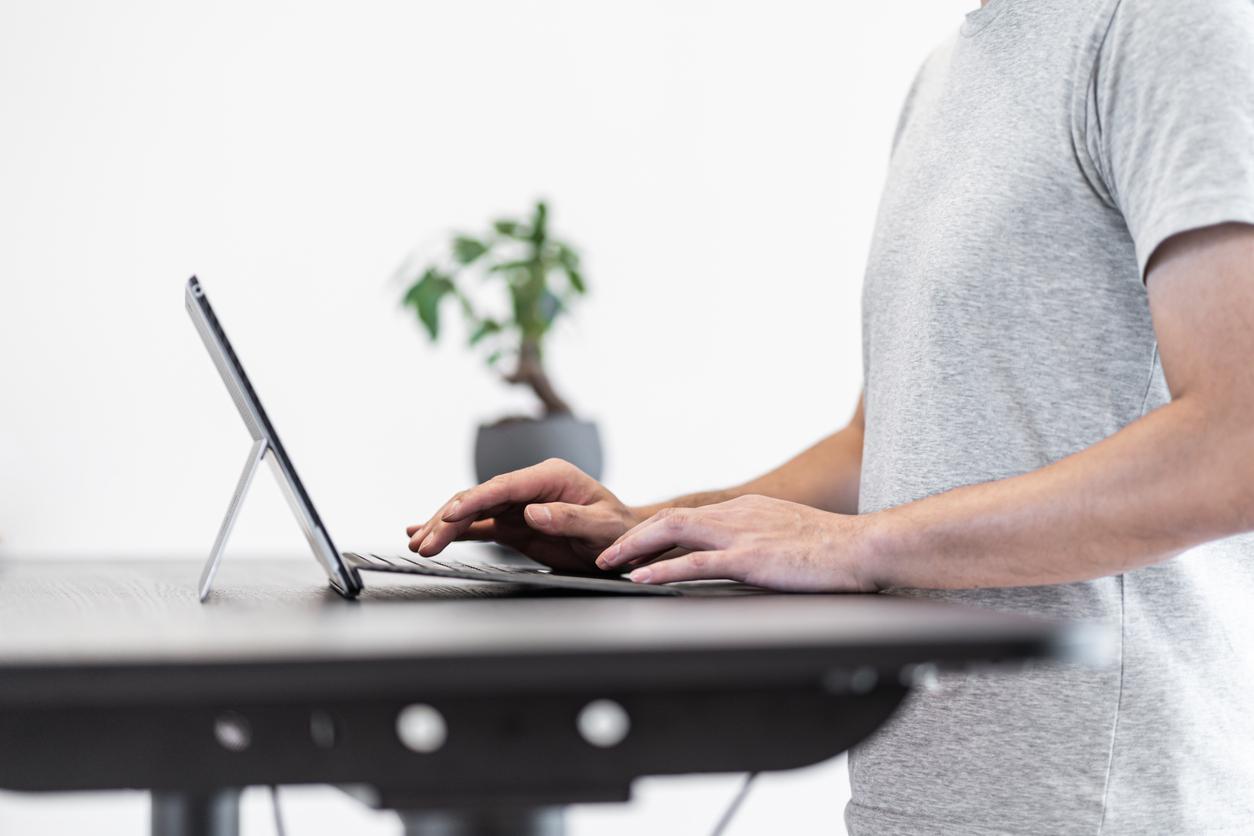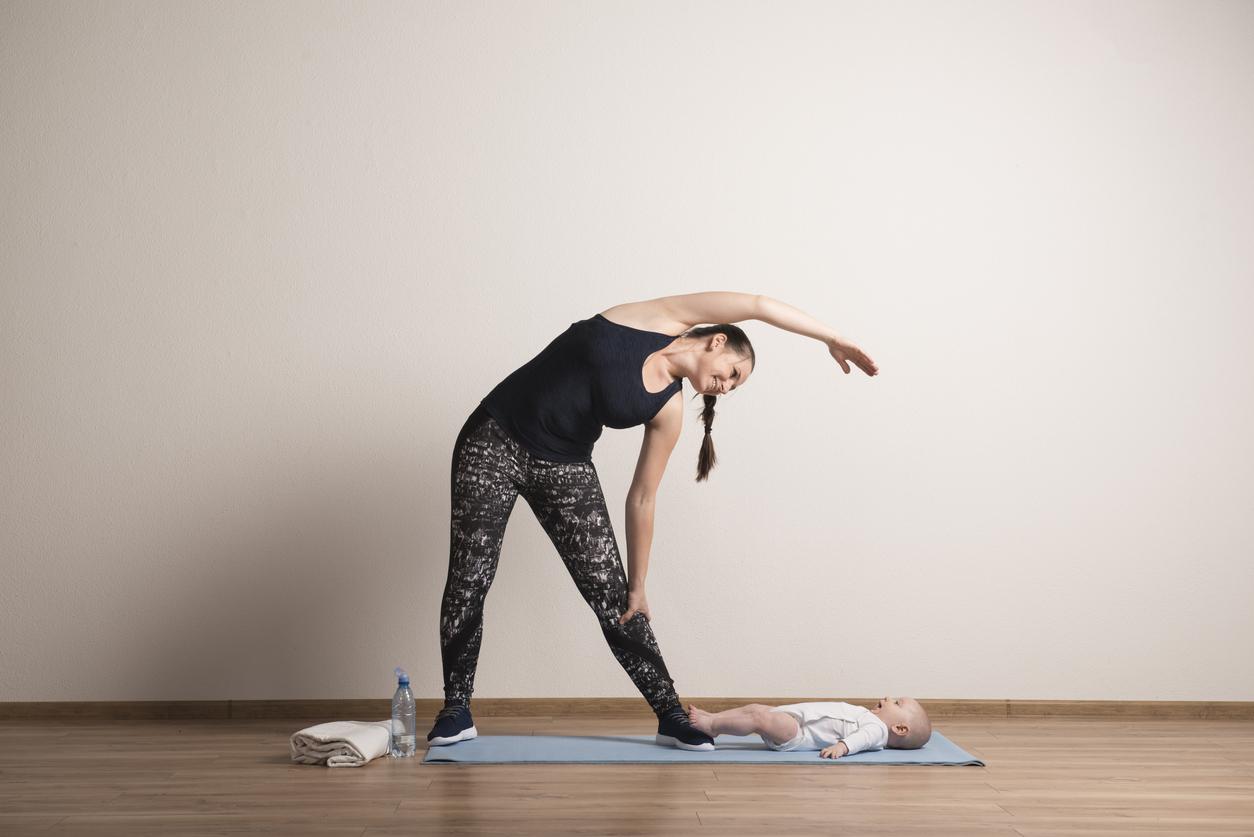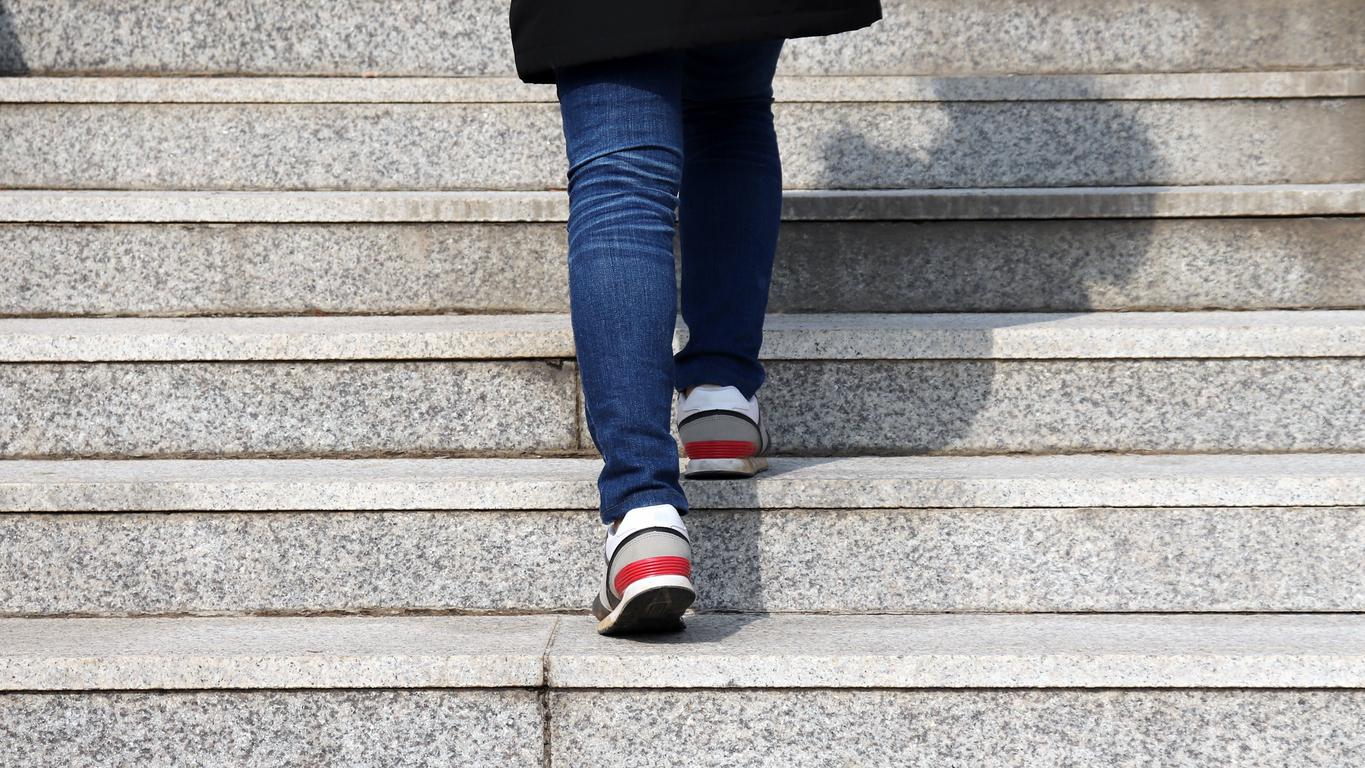The beautiful days arrive just like this desire to ride a bike. However, this leisure remains a physical activity and a bad posture or decision can transform a walk into an ordeal. A short guide to bad practices to avoid

- Check the settings of the bike to avoid joint or muscle pain, do not prejudge your endurance too much and avoid carrying too much on your back.
Want to get on your bike this summer? You are far from the only one in this case. According to the Observatory of Cycling Tourism, 45% of French people said they had cycled during their holidays in 2018. With the current cycling boom following the end-of-year strikes and deconfinement, professionals in the sector hope that new people are taking the plunge this summer… safely. Here are some decisions that could harm your health and especially your vacation, if you climb too fast on your bicycle.
Not adjusting your bike
Depending on your practice — leisure, sport or competition — you will not have the same position on your bike. Keep in mind that you must have the most comfortable possible. Depending on this, you will have to make a number of adjustments. The easiest way is to get help from specialized traders or members of a cycling club, who have little tips for adjusting the height of your seat. “OIt is often said that in the saddle, the heel must be almost stretched because you pedal with the flat of the footexplains Bertrand Houillon, director of communication for the French Cycling and Cycling Federation. Cycling is not too traumatic a sport, even if you have joint problems. On the other hand, you must remain vigilant in case of pain, this means that the bike is poorly adjusted..” According to Yves Yau, the sports doctor of the French Cycling Federation, if pain appears in the back – from the neck to the heel – it means that the saddle is too high. If it is the thighs or the knees that clink, it means that the saddle is too low.
Points of attention? The neck becomes painful by raising the head if the cyclist is too “lying down” on his bike. “It is also necessary to adjust the distance and the height of the handlebarsrecalls Yves Yau. If it’s too far and low, it can cause shoulder pain.” The wrists can also become sensitive if the brakes are too inaccessible and force the wrist to break. Discomfort in the back of the knees shows that the saddle size is too high, while a trauma in the lower back reveals a bad position. To find out if the settings are right for you, test your equipment at least twice with one-hour rides.
Wanting to do too much all at once
After a daily life turned upside down – in particular by confinement – and a chaotic return to sports habits, the best way to get tired of cycling is to do too much. So if you don’t want to turn your last few kilometers into a torture, here are some tips to follow. “Don’t overestimate yourselfenjoins Bernard Houillon. It is often said that it takes three quiet days and then gradually increases the length of the stages. I advise you to start on easy routes – with few hills – of 40 km per day maximum or between 15 and 20 km over half a day. Then you will see that from the sixth day you can reach 70 or 100 km per day! But you have to let the body get used to it as you go.”
If you plan to go with children and you want to avoid crying: adapt to their rhythm. “For children over 12, choose easy routes and limit yourself to a maximum of 40 km. If they are younger, do not exceed 30 km per day and take regular breaks to vary activities such as visiting castles or museums, having lunch around a picnic or organizing games.suggests Bernard Houillon. For the youngest, the additional wheel can be a great help. This allows the child’s bike to be attached to that of an adult. This way, he may not pedal if he is too tired.”
Carry everything in a backpack
How not to burn out? Take only items with you that you know will be useful. Superficial accessories can hurt you even more if you wear them directly on your back. To be avoided if you have fragile vertebrae. “We advise to favor the bag rather than the backpack, so the weight is on the bike and not on your back”we explain on the side of the cycling federation.
On the other hand, regulars on the bike strongly recommend taking repair equipment with you (patch, inner tube and pump) so as not to spoil the outing because of a glitch in the equipment.
Note: find a cycle route: https://veloenfrance.fr/circuits
Other tips for getting started on a cycling holiday: https://cyclotourisme-mag.com/2020/06/25/10-conseils-pour-vos-vacances-a-velo-en-france/
or ride with family: https://cyclotourisme-mag.com/2020/07/02/5-conseils-pour-votre-balade-velo-en-famille/
.

















